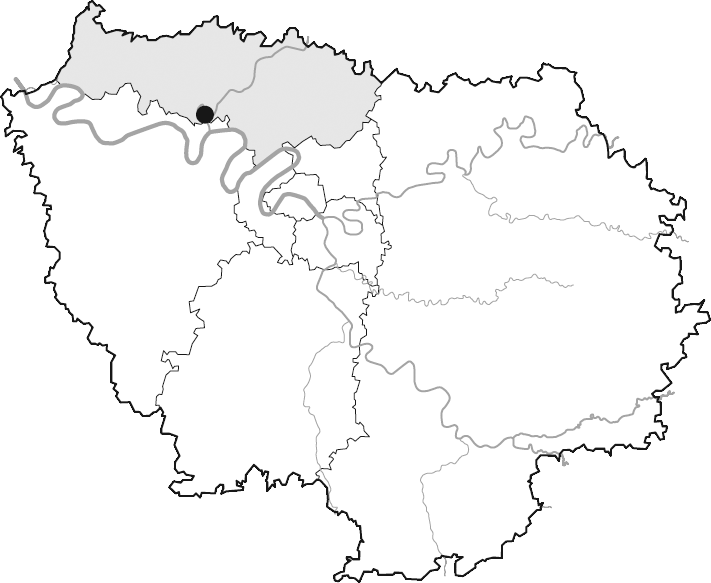 |
Bénédicte SOUFFI, Christine CHAUSSÉ, Sylvain GRISELIN, Caroline HAMON THE MESOLITHIC OCCUPATION OF NEUVILLE-SUR-OISE |
Abstract
The site "Chemin Fin d’Oise" at Neuville-sur-Oise (Val-d’Oise) is located near the Seine-Oise confluence at the foot of a steep limestone slope, on the left bank of the Oise. The successive excavations in the eastern part of the site closest to the slope have revealed the presence of a residual dune dating to the Late Glacial period. This particular topography has influenced the establishment and preservation of two Mesolithic levels in natural depressions. If one of them was revealed to be disturbed, the spatial distribution within the second indicates a relatively good conservation of the Mesolithic level. The remains consist mainly of stone artefacts (local flint and quartzite sandstone). No animal bone remains could be attributed to the different Mesolithic occupations. However, a human skull fragment discovered in a medieval structure has been dated to the Mesolithic. This seems however to be isolated as no Mesolithic burials were identified. The radiocarbon analyses mainly carried out on scattered burnt hazelnut shells and the typological data date the occupation to the middle phase of the Mesolithic (chronozone Boréal), while indications of more or less permanent occupations dating to the end of the Early Mesolithic (Preboreal, points with oblique truncation) and to the transition Boreal-beginning of the Early Atlantic from comparison with well identified groups in Belgium and Luxembourg were also found.

 FR
FR  EN
EN 




